At My Huong Agricultural Cooperative (Tra Coi B Hamlet, My Huong Commune, My Tu District, Soc Trang Province), the Soc Trang Agricultural Seed and Extension Center has just organized a workshop to review the central agricultural extension project "Building a model of rice cultivation to reduce emissions to serve the sustainable development of rice export material areas of the Mekong Delta" in the winter-spring crop 2024 - 2025.
The project is chaired by Binh Dien Fertilizer Joint Stock Company and implemented in the Mekong Delta in the 2024-2025 winter-spring crop in 4 provinces/cities including Kien Giang, Soc Trang, Can Tho City and Dong Thap.
Farmers in My Huong Agricultural Cooperative are excited because growing rice reduces emissions, helping to reduce costs and increase profits. Photo: Le Hoang Vu.
Mr. Ngo Nam Thanh, Director of the Soc Trang Agricultural Seed and Extension Center, said that in this year's winter-spring rice crop, My Huong Agricultural Products Cooperative implemented the model with a total area of 50 hectares, with the participation of 17 farming households. This is one of the pilot models of Soc Trang province in applying advanced rice cultivation techniques to reduce greenhouse gas emissions, protect the environment and increase economic efficiency for farmers.
Technical solutions applied in the model include: Reducing the amount of seed to be sown to 70kg/ha compared to the previous 120kg/ha; applying the alternating wetting and drying (AWD) technique to save 40% of irrigation water; reducing the amount of chemical fertilizer, using only 80% compared to traditional farming; using high-quality rice variety ST25 with good resistance, high yield and economic value.
According to the assessment of the Soc Trang Agricultural Seed and Extension Center, the emission reduction rice cultivation model has brought many positive effects both economically and environmentally. Economic accounting of the demonstration model fields shows that the average yield is 6.5 tons/ha, the selling price is 9,200 VND/kg, and the profit is nearly 38 million VND/ha. The total cost of implementing the model is reduced by 4.5 million VND/ha compared to outside the model, the profit in the model is 15 million VND/ha higher than outside the model.
Environmentally, the model helps reduce greenhouse gas emissions by limiting the amount of nitrogen fertilizers, pesticides and effectively managing irrigation water. According to calculations, methane emissions are reduced by about 48% compared to traditional farming.
Rice cultivation reduces emissions, the amount of nitrogen fertilizer used is reduced by 30-40%, contributing to limiting greenhouse gas emissions. Photo: Le Hoang Vu.
Mr. Mai Quoc Bien, Director of My Huong Agricultural Cooperative, said that the cooperative has 540 hectares of rice, of which 50 hectares will participate in the emission-reducing rice cultivation model in the 2024-2025 winter-spring crop. Over time, the model has brought about clear results, especially in reducing production costs, especially reducing fertilizers and pesticides, helping farmers increase profits compared to traditional farming.
According to Mr. Tran Tan Thanh, Head of Mekong Delta Region - Binh Dien Fertilizer Joint Stock Company: In the period of 2024 - 2025, the Company will lead the project, focusing on providing solutions to help farmers save production costs, reduce the use of seeds, irrigation water, fertilizers and effectively manage straw.
In particular, Binh Dien has supported farmers in using biological products to treat straw right in the fields, restoring nutrients to the soil and reducing organic poisoning. This not only improves soil fertility but also reduces the amount of chemical fertilizers, contributing to reducing production costs and protecting the environment.
The project aims to reduce production costs by 10-15%, increase profits accordingly and reduce greenhouse gas emissions by 10-40%, depending on the model. In particular, the amount of nitrogen fertilizer used is reduced by 30-40%, contributing to limiting greenhouse gas emissions. In addition, the project model applies the technique of draining water three times during the rice crop, helping to reduce emissions. After harvest, straw is collected from the field and treated with microbial products.
Source: https://nongnghiep.vn/trong-lua-giam-phat-thai-loi-nhuan-38-trieu-dong-ha-d745739.html


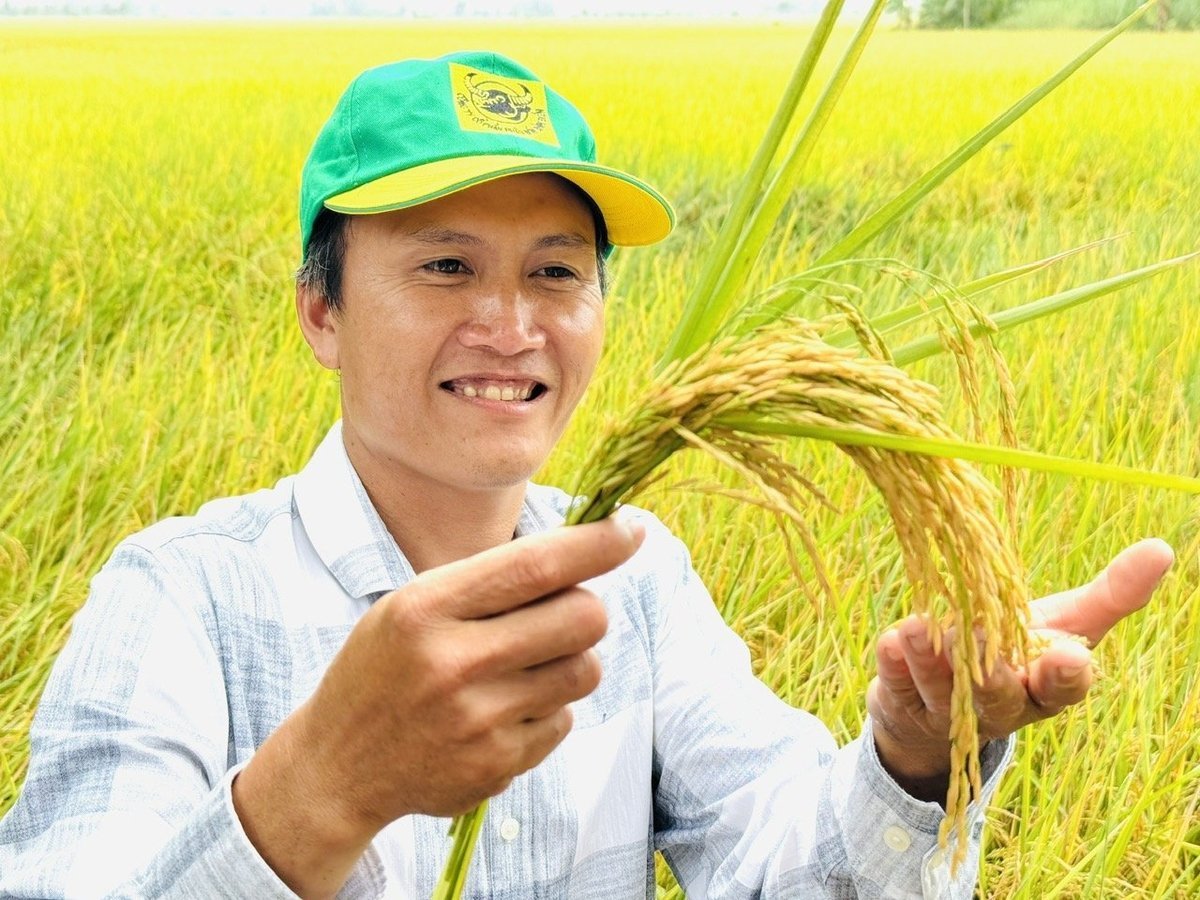
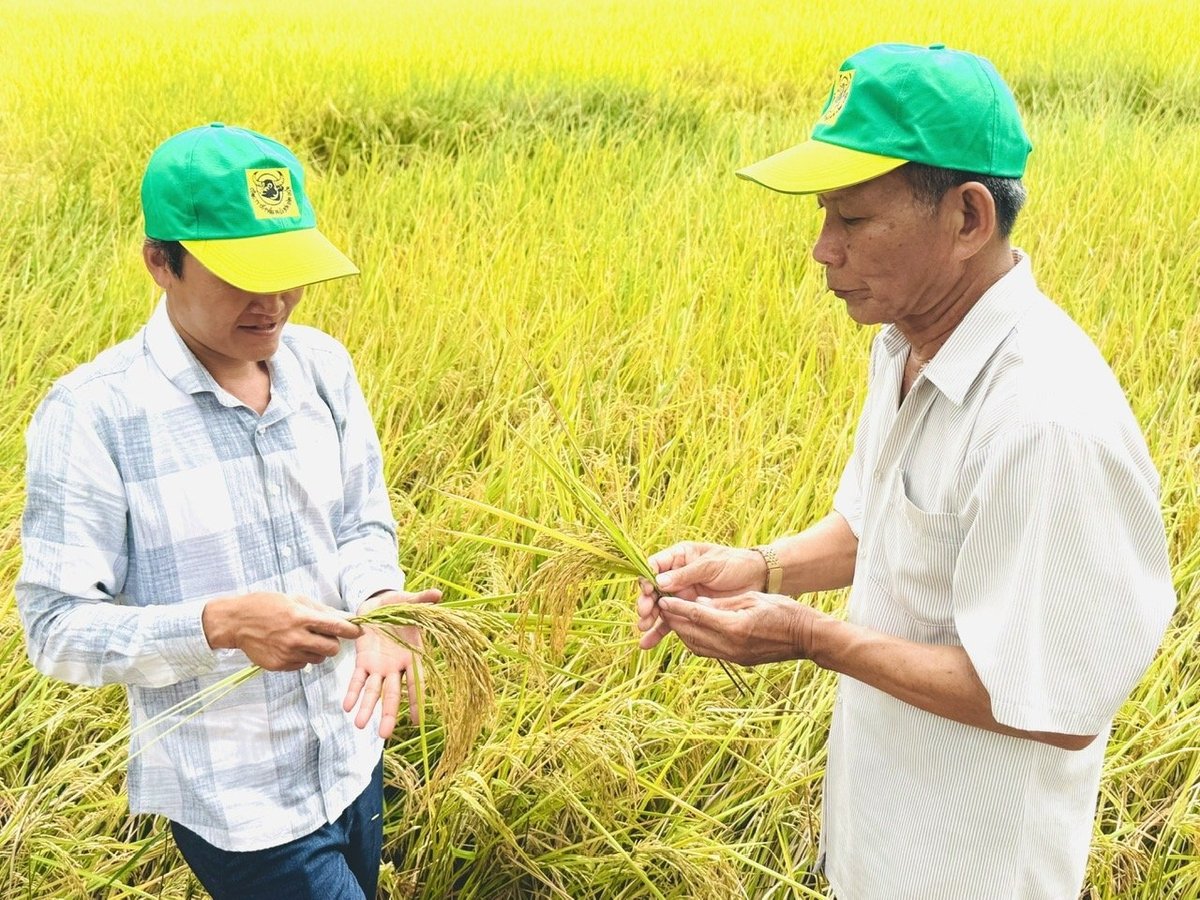







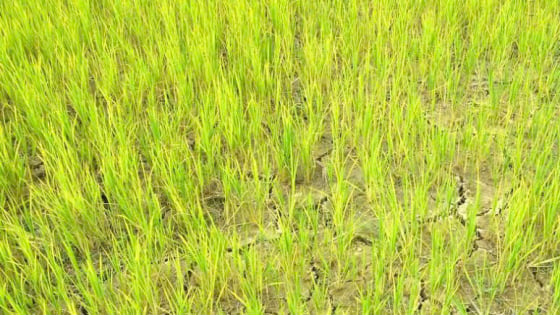
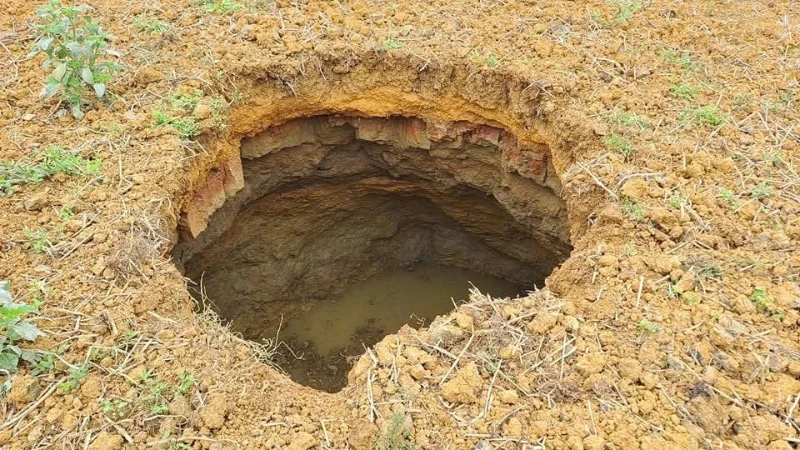
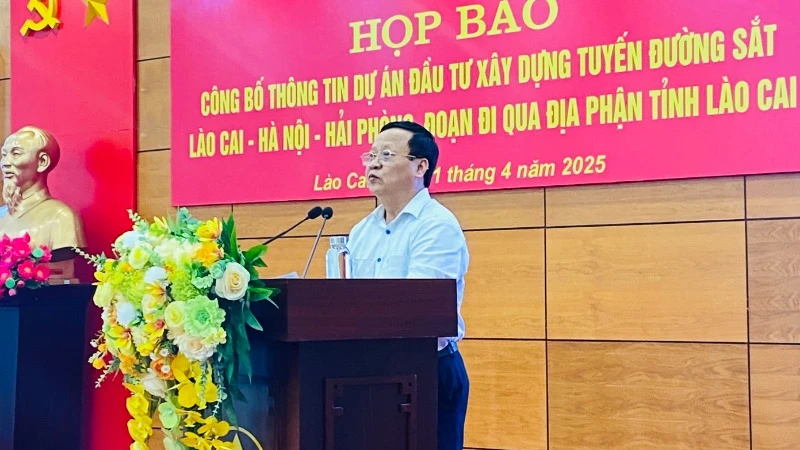
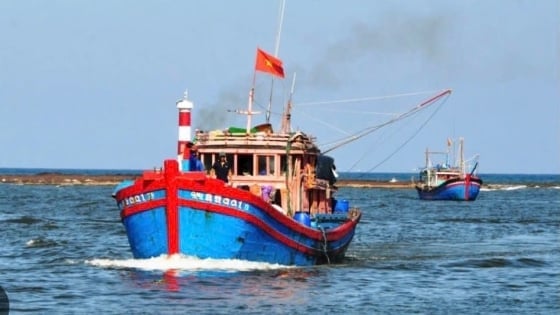
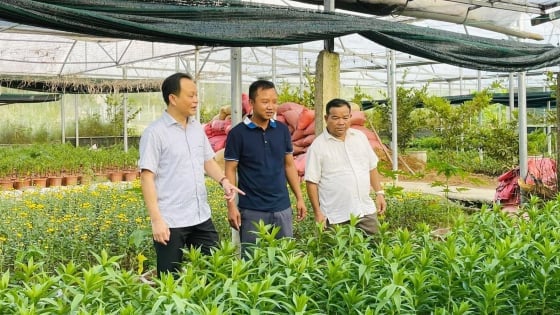




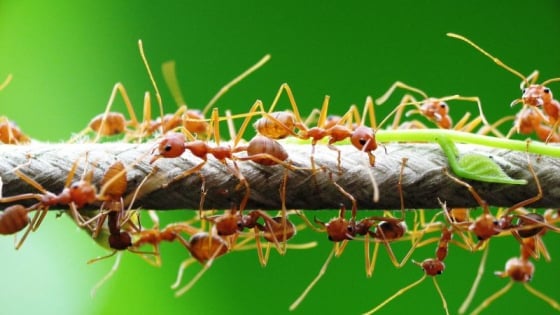
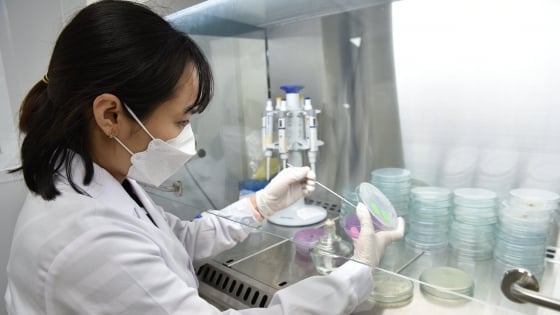
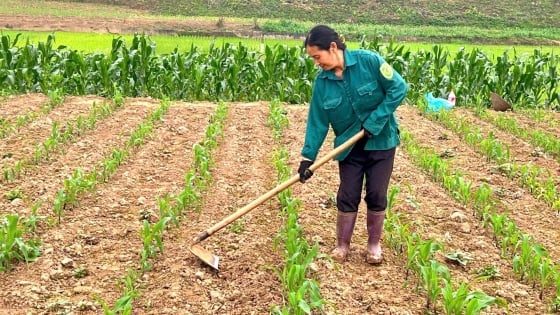
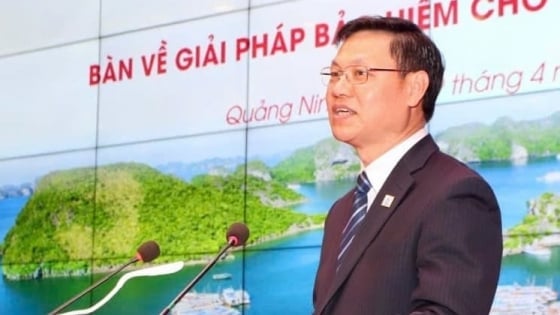
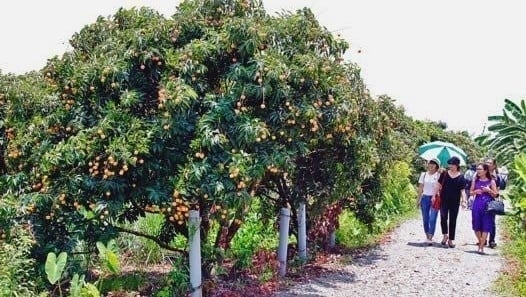
![[Photo] "Beauties" participate in the parade rehearsal at Bien Hoa airport](https://vstatic.vietnam.vn/vietnam/resource/IMAGE/2025/4/11/155502af3384431e918de0e2e585d13a)































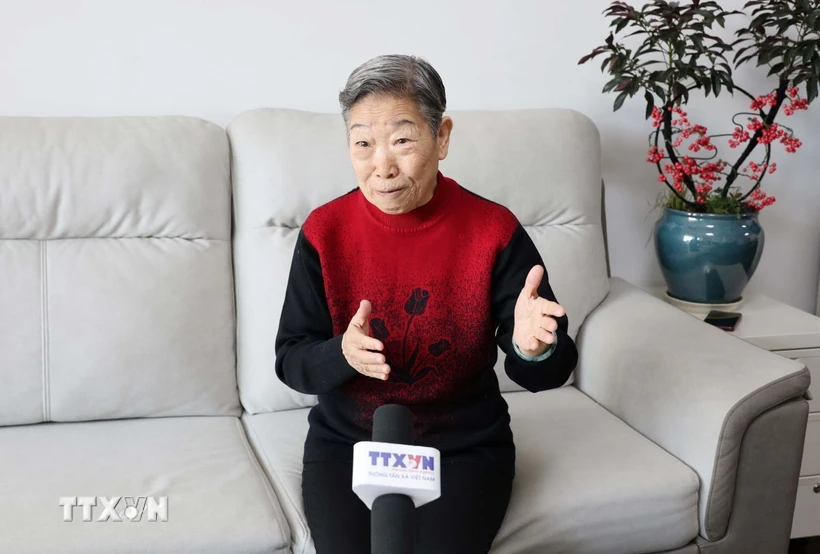














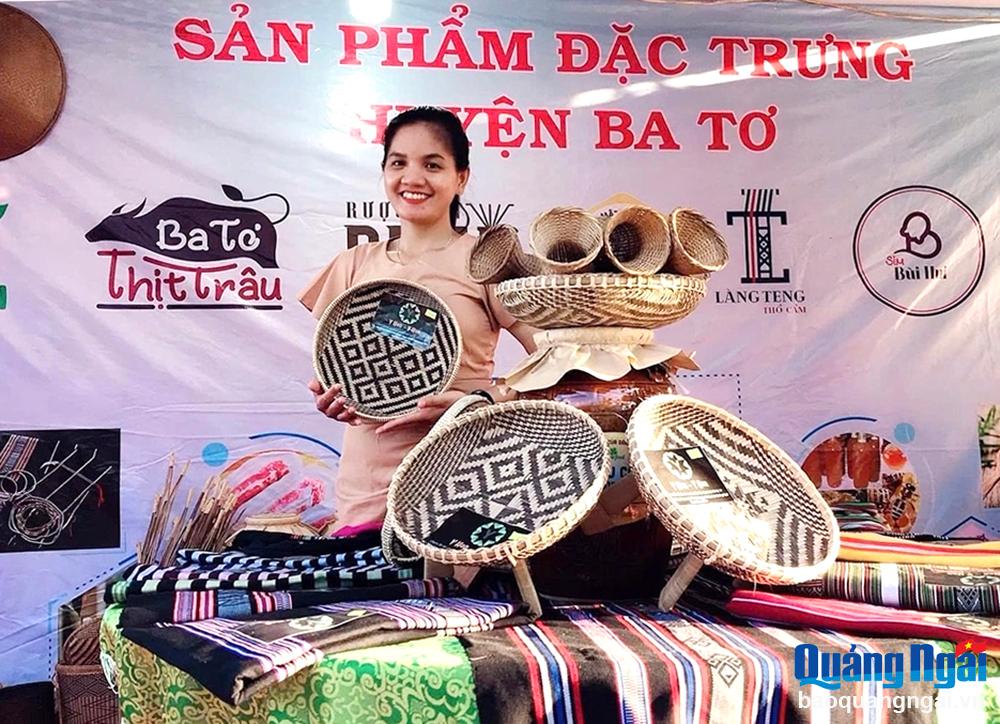


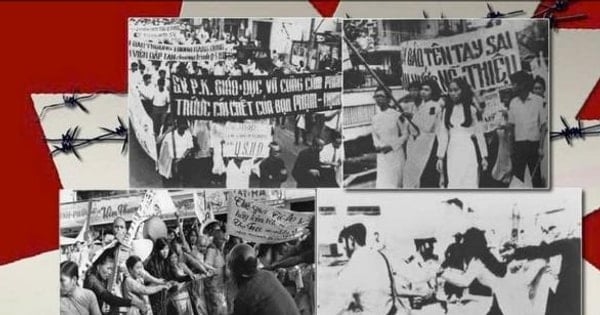





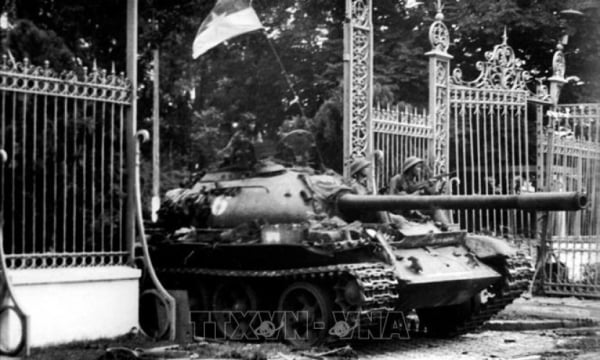











Comment (0)